
Official Warning to Somaliland"Dont touch Abasa Gold"
Borama (Sunatimes) Abasa Abasa Ruin(s) is drawn on the Nationala
Geospatial Agency (NGA) Map. Abasa is located in the Awdal Area of the Country
of Somalia. The Ruin(s) is located at the latitude and longitude coordinates of
10.116667 and 43.083333.
Mining Annual Review 2000 ? The Mining Journal Ltd 2000 Somalia 1
SOMALIA By Bob Foster and Alexandra Harrison omalia is one of the world.s
poorest countries. Forming the Horn of Africa and separating Ethiopia,
Djibouti, and Kenya from the Gulf of Aden and the Indian Ocean, the country has
been bedevilled by almost total anarchy since the collapse of the Somali State
in 1991. Internal divisions between clan-based militias, conflict with
Ethiopia, and a fickle climate have all devastated the country in recent years.
Reliable economic indicators are unavailable but best estimates are that the
population of almost nine million people generates a GDP of about US$8-9
billion, primarily from agricultural products. Some 70% of the population are
nomads who depend on subsistence farming for
their livelihoods. Somalia has one natural gas field with
resources in the order of 6 billion m3 but exploitation and further exploration
has been discontinued until the political and economic situation returns to
some semblance of normality. The country.s only oil refinery has a nominal
capacity of 10,000 bbl/d but has been inactive for some years. The country has
a fledgling mining industry, with limestone, gypsum, sepiolite and sea salt
being exploited until the outbreak of hostilities. A much wider potential for
other mineral products also exists, given the opportunity for methodical
exploration and evaluation. The most important regions are the older
crystalline basement rocks, which occur in two regions . the .Northern Somali
Basement. extending across northern Somalia from the Ethiopian border eastwards
beyond Berbera; and the .Bur Basement. west of Mogadishu in the southern part
of the country. In the Bur Basement, the more important occurrences are
ferruginous quartzites and phosphate-bearing marbles. Of the iron deposits, the
Bur Galan occurrence has an indicated resource of 394 Mt at 38.2 % Fe and the
Dahimir
body contains a reportedly .economically workable. resource of
31 Mt at 35-40 % Fe. The latter deposit also contains indications of slight
gold enrichment (45-90 ppb). Apatite occurrences in calc-silicate rocks of the
region are relatively widespread and the Modu-Modu deposit has been identified
as containing an average of 24 % P2O5. The potential in the Northern Somali
Basement is probably greater and mirrors recent exploration interest in the
same complex Archaean — Pan- African terranes across the Gulf of Aden in the
Yemen, where greenstone-belt assemblages and younger volcanic-arc sequences are
being targeted. Copper-bearing quartzites have been reported at Bohl and near
the Abasa River, south of Bawn. Polymetallic base metal deposits, presumed to
be stratiform exhalative by investigators, have been identified in
carbonatedominated sedimentary sequences north of Arapsiyo and in the
late-Proterozoic Abdul Qadr meta-rhyolitic complex and adjacent
volcanosedimentary sequences. Gold contents of up to
13.5 ppm have been reported in the Arapsiyo sulphide deposits.
Gold enrichments reported in .kyanite-rich quartz-muscovite schists. in the
western part of the basement complex also merit evaluation and possible
re-interpretation. Other mineral occurrences of interest in the Northern Somali
Basement include disseminated and vein enrichments of molybdenum and bismuth
associated with intrusive syenites and minor carbonatites, and gold-quartz
veins more commonly linked to younger Pan-African granites. Anomalous concentrations
of platinum (160-910 ppb) have previously been reported from stream sediments
adjacent to the Hamar Gabbro and gabbro-dominated Barkasan-
Leave a comment
| Copyright © 2009 - 2025 Sunatimes News Agency All Rights Reserved. |
| Home | About Us | Diinta | Reports | Latest News | Featured Items | Articles | Suna Radio | Suna TV | Contact Us |
 0
0 
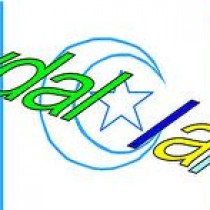


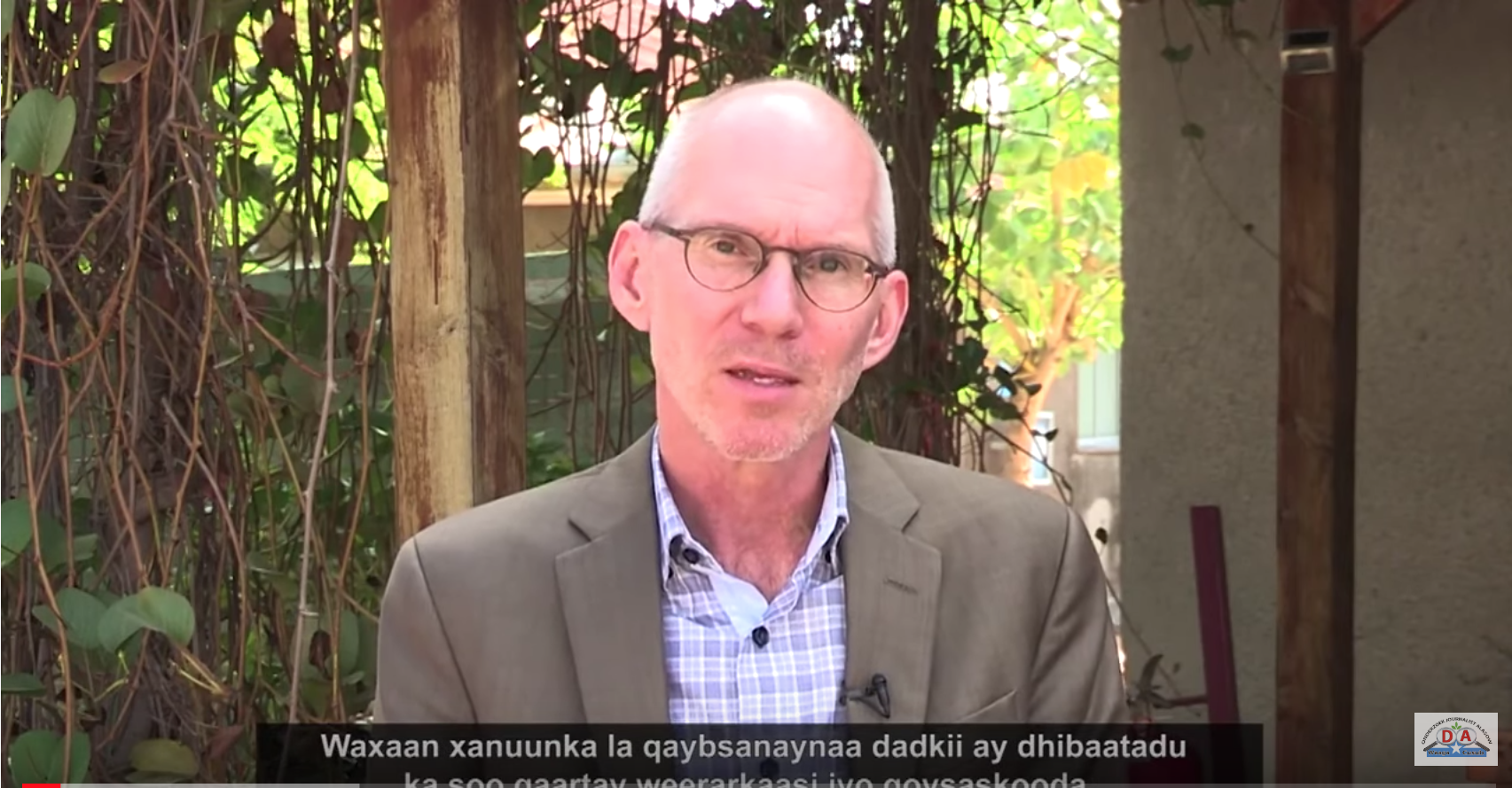
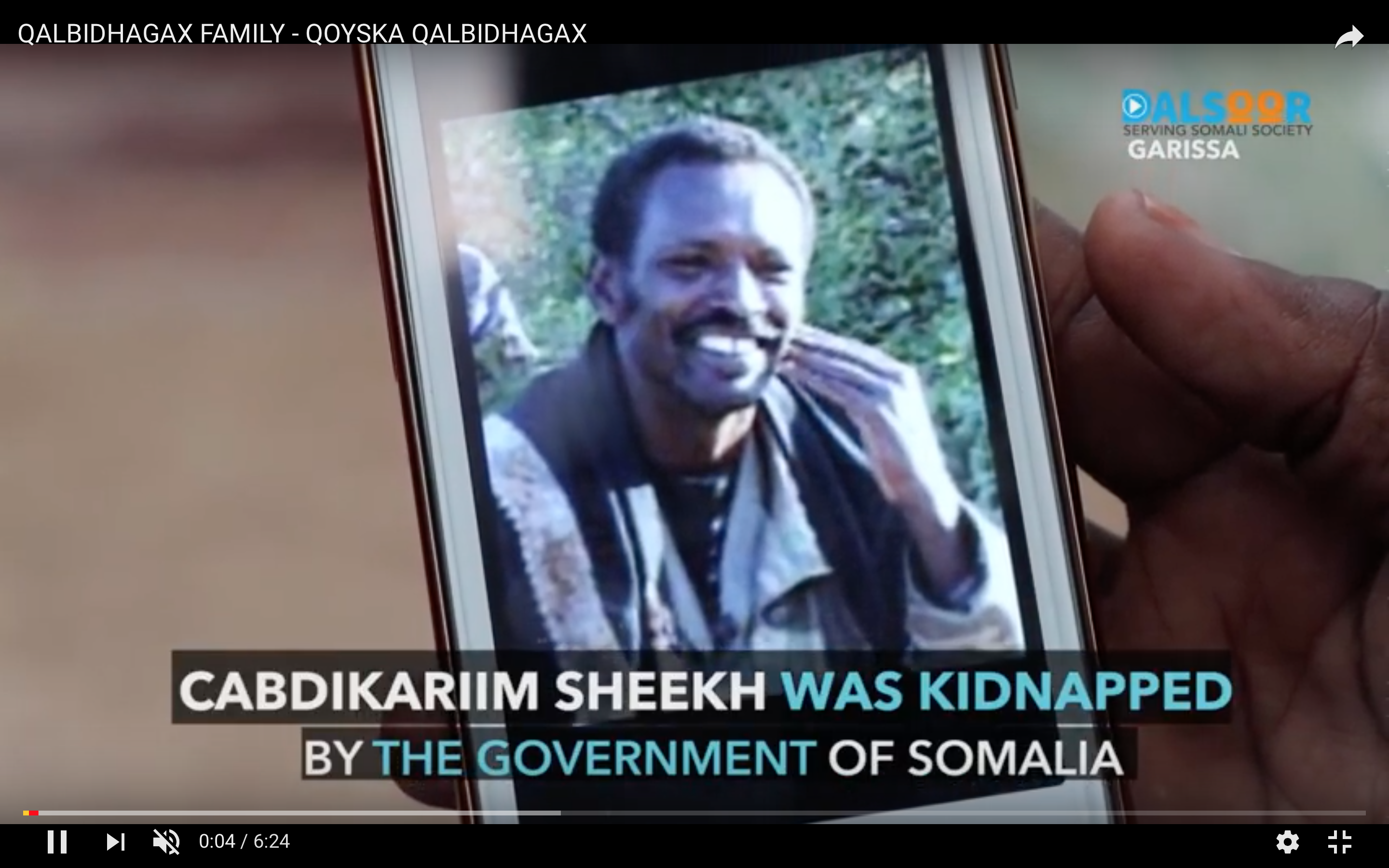
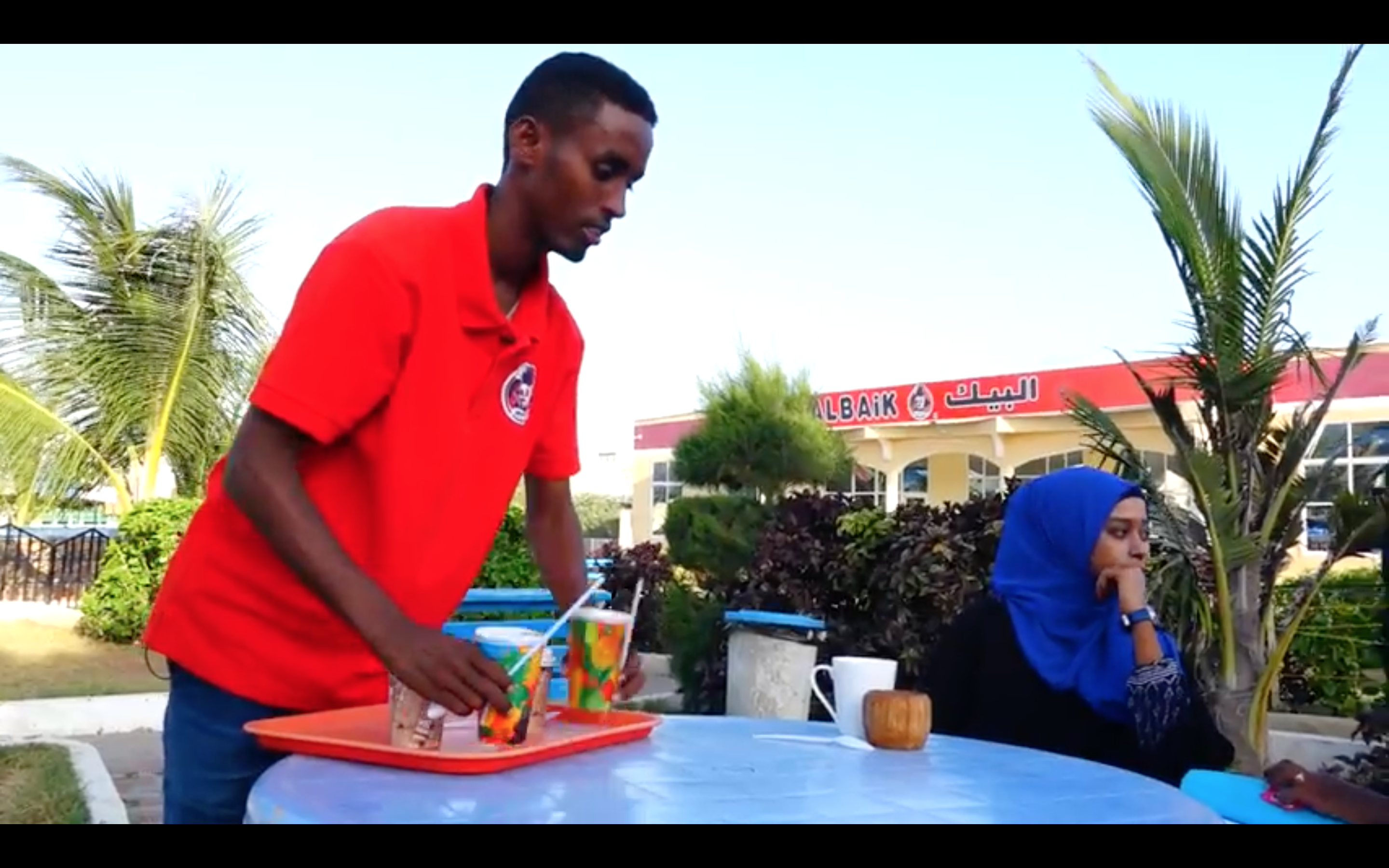
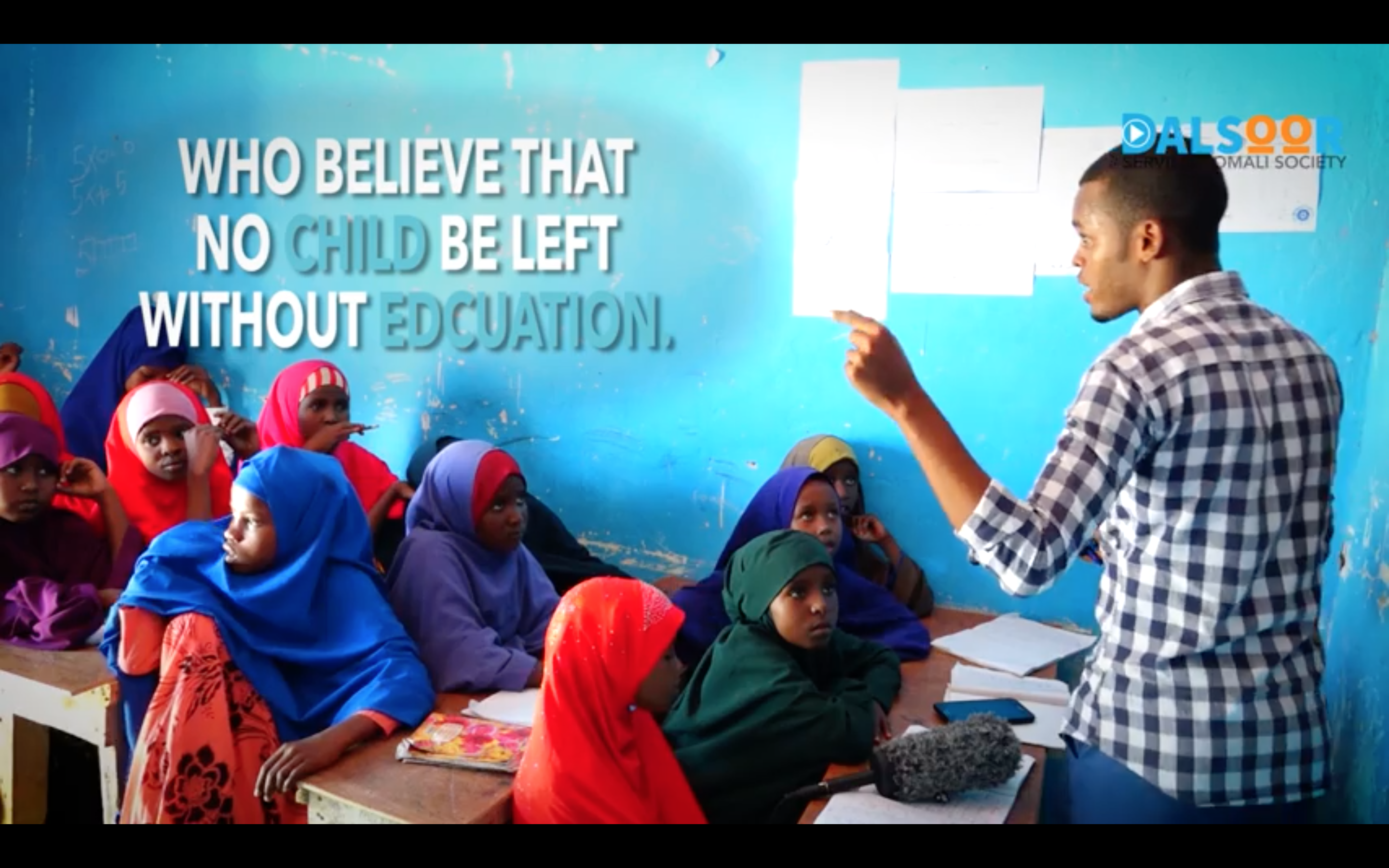
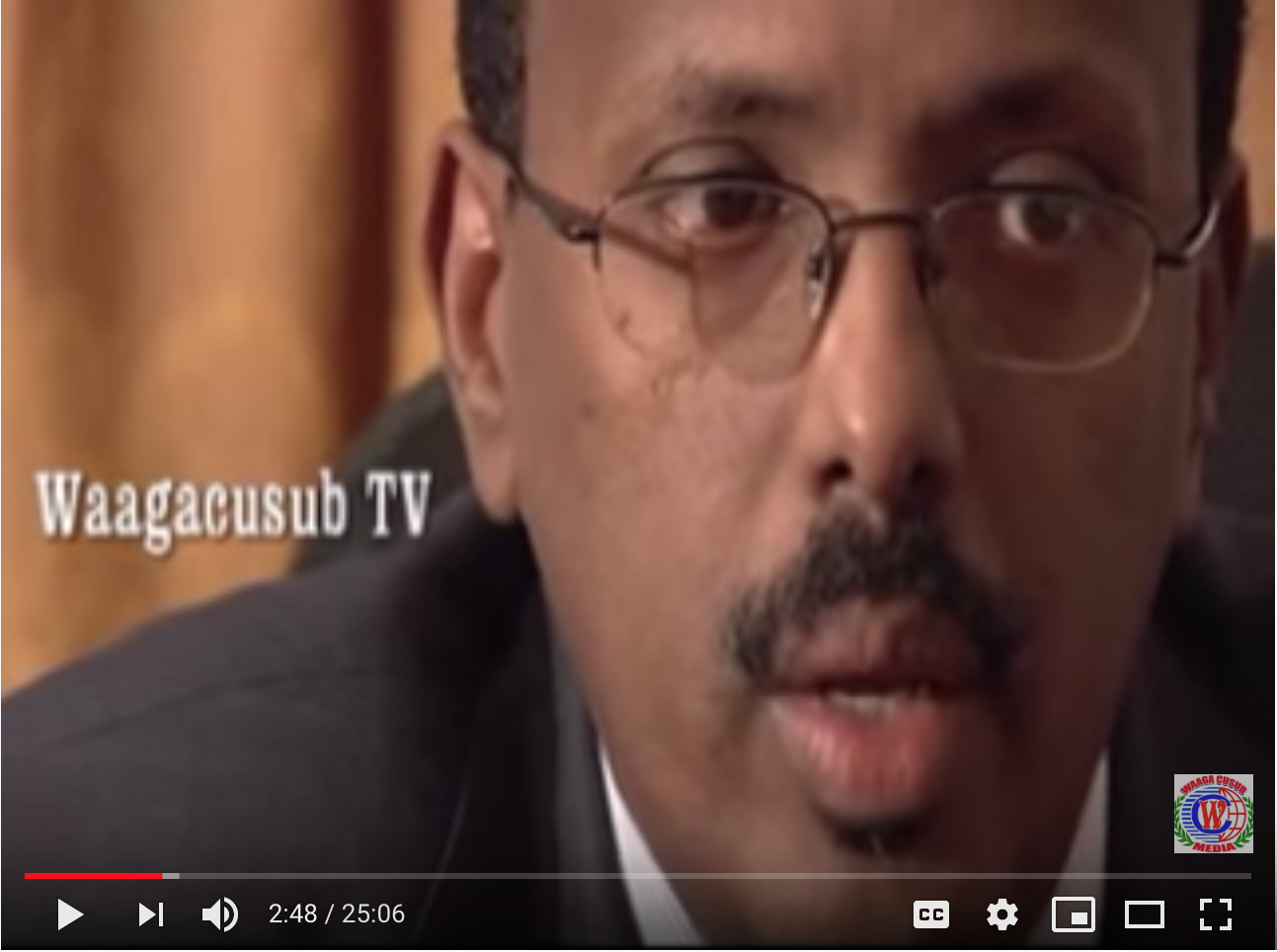

Official Warning to Somaliland"Dont touch Abasa Gold"
their livelihoods. Somalia has one natural gas field with resources in the order of 6 billion m3 but exploitation and further exploration has been discontinued until the political and economic situation returns to some semblance of normality